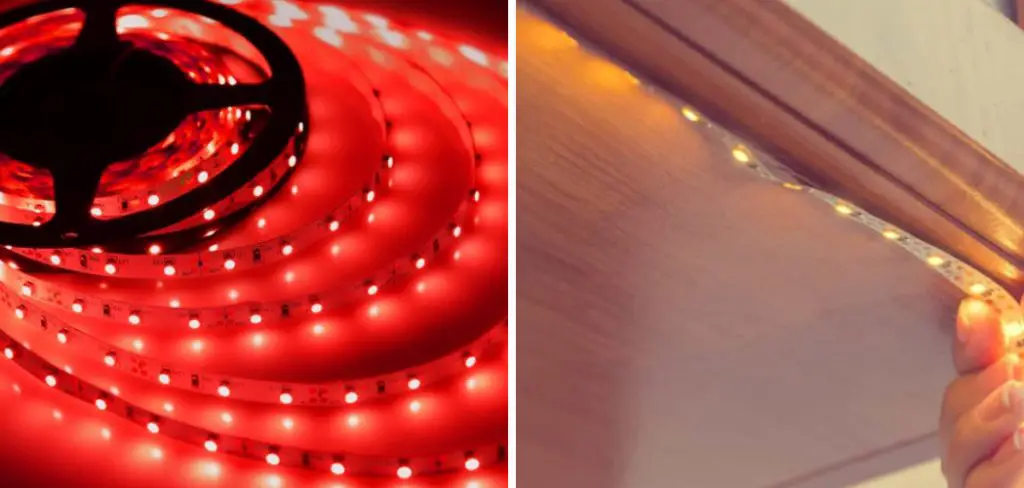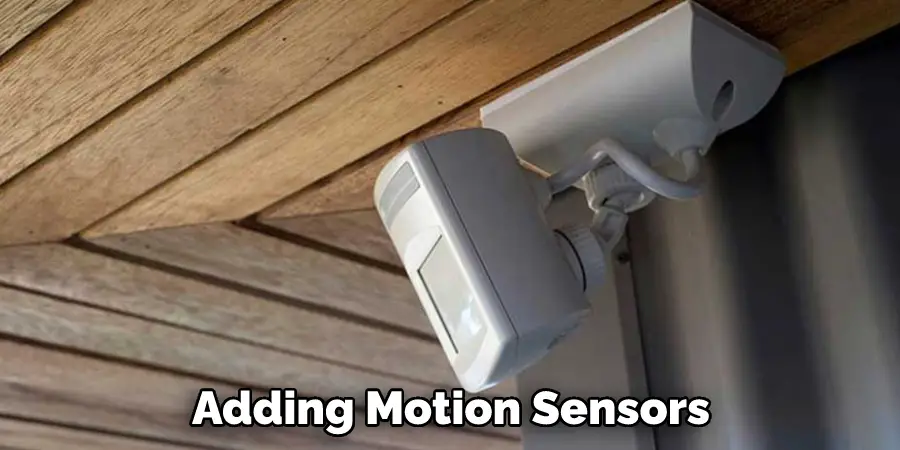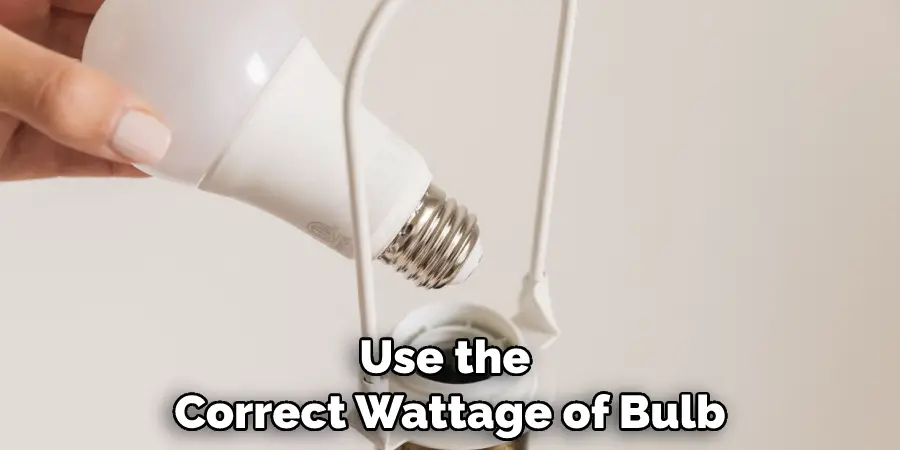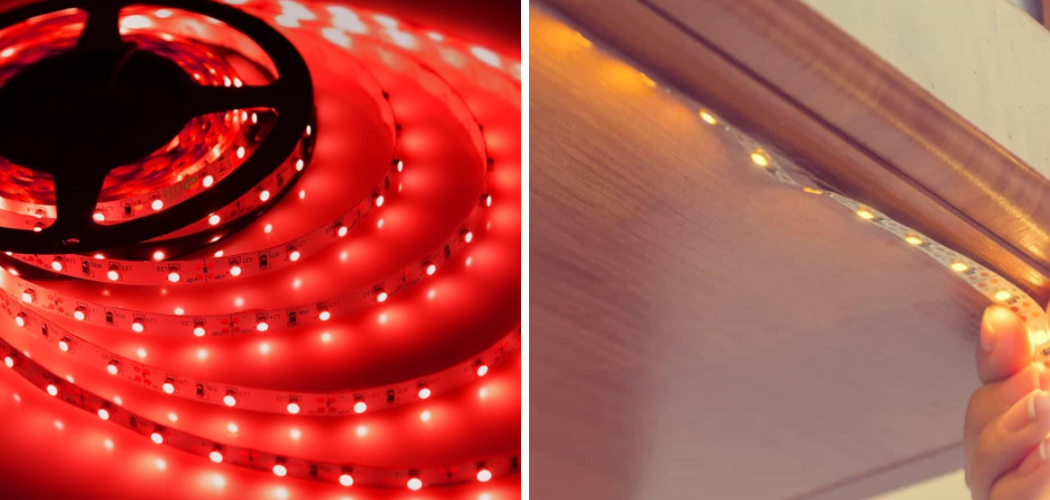Are you looking for ways to reduce your carbon footprint and be more environmentally friendly? The importance of sustainable practices and environmental conservation is growing more prevalent each day.

LED lighting is a great solution if you’re looking for a greener and more economical way to light your home. And when it comes to LED lights, they’re a great way to save electricity while also helping reduce your carbon footprint. But what happens once the lights reach their natural end-of-life? How can you reuse them without adding any extra waste?
Not only are these lights energy-efficient, but they can also last up to 25 times longer than regular bulbs – making them both an affordable and sustainable investment. In this blog post, we’ll cover the different ways that you can repurpose or reuse LED lights in order to make the most out of your purchase while reducing waste. Read on to learn how to reuse led lights and how smart use of LEDs will give you long-lasting value with environmental benefits!
Can You Reuse Led Lights?
The answer is yes; you can reuse LED lights. In fact, LEDs are incredibly durable and long-lasting which makes them ideal for recycling or repurposing. How you go about reusing LED lights depends on the specific type of light that you have – some may require a bit more effort than others.
For example, some LED bulbs come with an integrated driver, so they can be easily removed and recycled. Others may require disassembly before you can reuse the individual components, such as the light-emitting diodes or heat sinks. In any case, it’s important to make sure that you follow proper safety guidelines when working with electronic components in order to avoid electrical shock or other potential hazards.
The good news is that many LED lights are designed to be reused and recycled. This means that you don’t have to worry about throwing away your old bulbs, as they can be repurposed for different applications.
The Benefits of Reusing Led Lights
Reusing LED lights has many benefits. First and foremost, it helps to reduce the amount of waste that goes into our landfills. LEDs are very durable and can last up to 25 times longer than regular bulbs – making them a great investment for those looking to save money on their electricity bills. Furthermore, reusing LED lights means that you don’t have to buy new lights every year – saving you even more money in the long run.
Reusing LED lights is also great for the environment. By reducing your energy consumption, you can help reduce your carbon footprint and contribute to a greener future. Additionally, LEDs are free of mercury which makes them much safer than other types of bulbs. Finally, reusing LED lights helps to promote sustainable practices and encourages people to think twice before throwing away their old items.
Required Items
Before you start reusing LED lights, there are a few items that you’ll need. First and foremost, the appropriate tools, such as screwdrivers and pliers. You may also need to purchase new LED bulbs or components in order to replace any damaged or worn-out parts of your existing lighting system. Additionally, you’ll need a bit of electrical know-how in order to safely and effectively reuse your LED lights.

10 Tips on How to Reuse Led Lights
1. Recycle Old Bulbs
The first step to reusing LED lights is to properly recycle any old bulbs that you no longer need. Many local recycling centers offer free drop-off services for items such as burned-out or broken bulbs.
2. Donate Working LEDs
If your LED lights are still in good working condition, consider donating them to local charities or community organizations. You can also find second-hand stores and thrift shops that may be willing to accept your used bulbs.
3. Upcycle & Repurpose Lights
You can repurpose old LED lights into unique pieces of décor or artwork for your home or office space. For example, you can use the lights to create a light fixture or wall art.

4. Make DIY Light Projects
Another great way to reuse LED lights is to make your own lighting projects. You can use the LEDs in various projects, such as lamps, nightlights, string lights, and more.
5. Replace Old Bulbs with New LEDs
If you find that your existing lighting system is not meeting your needs, you can replace the traditional bulbs with LED bulbs. This will help you save money in the long run and improve the quality of light in your space.
6. Create a Backup Supply
LEDs are durable and long-lasting, so it’s a good idea to keep some extra LED bulbs on hand as a backup. This way, you’ll be prepared in case of an emergency or sudden bulb failure.
7. Use LED Strips for Accent Lighting
LED light strips can add ambiance to any room and are a great way to reuse LED lights. You can use LED strips for accent lighting, path lighting, task lighting, and more.
8. Convert Traditional Fixtures
You can easily convert traditional lighting fixtures to LED lights with the help of LED retrofit kits. This is a great way to upgrade your existing lighting system without having to buy all new light fixtures.
9. Install Motion Sensors & Timers
Adding motion sensors and timers to your existing LED lights is another great way to save energy. These features will help you control the amount of time that your lights are on and ensure that they are only being used when necessary.

10. Rebates & Incentives
Many local governments, utility companies, and manufacturers offer rebates or incentives for people who switch to LED lighting. This is a great way to save money on your energy bills and help reduce your environmental impact.
Reusing LED lights can help you save money, reduce your carbon footprint, and promote sustainable practices. With the right tools and knowledge, you can easily extend the lifespan of your existing lighting system and reap the rewards of a more efficient, eco-friendly home.
8 Safety Precautions
When reusing led lights, there are some safety precautions that need to be taken in order to ensure the safe operation of the light. Here are eight tips for safely reusing led lights:
1. Do Not Overload Your Electrical System
It is important not to overload your electrical system when installing the lights. LEDs draw very little power and require a regulated current, so it is important to make sure that no more than the recommended wattage is being used at one time.
2. Ensure Proper Airflow
Install your led lights in an area with proper airflow to avoid overheating, as this can reduce their lifespan or even cause them to fail. Proper airflow will help to dissipate the heat generated by the lights.
3. Use the Correct Bulb Watts for Your Fixtures
When installing led lights, it is important to use the correct wattage of bulb for your light fixtures. Overloading a fixture with too many watts can heat up the bulbs and could lead to fire hazards if not addressed promptly.

4. Install a Surge Protector
Installing surge protectors can help to reduce the risk of electrical damage or fire in the event of a power surge. Surge protectors are an inexpensive way to ensure the safety of your led lights and other electronic equipment.
5. Check for Damaged Wires or Connections
Before installing the lights, check the wires and connections to ensure they are not damaged or corroded. If any damage is found, replace them with new parts before continuing with the installation.
6. Never Install Lights Near Flammable Materials
Installing led lights near flammable materials can be a fire hazard. Make sure that the area around the lights is clear of any combustible materials.
7. Wear Protective Gear When Installing Lights
Always wear safety glasses and gloves when handling and installing led lights, as this will help to protect your eyes and skin from the heat generated by the lights. It will also help to prevent electrical shocks if a wire comes loose during installation.
8. Test the Lights Before Use
Once the lights are installed, it is important to test them before using them in order to ensure that they are operating properly and safely. This will also help to identify any potential problems or hazards that may exist.
By following these safety precautions, you can help to ensure your led lights are properly and safely reused. Enjoy the bright light of LEDs without worrying about potential hazards!
Conclusion
With the right care and foresight, it is possible to make the most out of your LED lights. LEDs can provide an efficient alternative to traditional lighting systems and offer significant energy savings in many cases. Not only are they longer-lasting than their more bulky counterparts, but they also help with energy conservation. Reusing LED bulbs can therefore be an effective way to not only save money but also potentially contribute to a greener environment.
To begin reaping these benefits, we suggest exploring your local lighting shops or online resources for purchasing LED bulb replacements that suit your needs best. Even if you only buy one or two lights now and then, the impact on your pocketbook and on planet Earth could be significant. With this guide on how to reuse led lights, proper maintenance, and smart shopping decisions, a few small changes—such as shifting to LED bulbs—can help make a big difference when it comes to conserving both energy and monetary resources.

